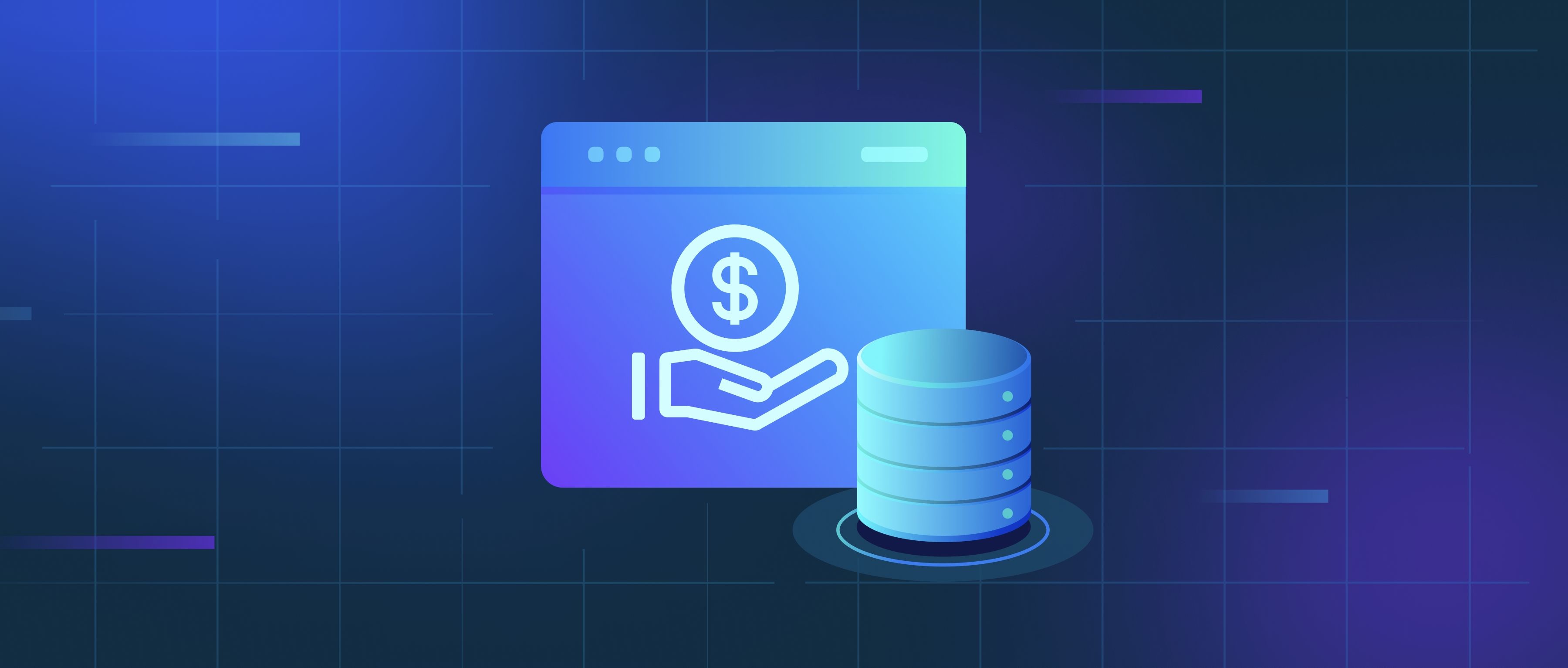Diffusion models and score-based generative models are both approaches to generating new data, but they operate based on distinct principles and methodologies. At their core, diffusion models work by simulating a process where data undergoes a gradual transformation from a structured form to noise and then reversing that process to generate new data from pure noise. This approach allows for fine-grained control over the generation process by honing the stepwise transformation of noise back into coherent output.
On the other hand, score-based generative models focus on learning the "score," or the gradient of the probability distribution, of the data. Essentially, these models aim to understand how likely certain data points are and adjust the noise to make it more like the desired output. This method often utilizes Langevin dynamics to iteratively refine samples toward regions of high data density in the learned distribution. The main goal is to improve the accuracy of the generated samples while minimizing the amount of random noise introduced in the process.
Comparing the two, we can highlight that diffusion models typically require more computational resources due to their successive denoising steps, but they can produce high-quality, diverse outputs. For example, diffusion models have been successfully applied to image and audio generation tasks, achieving state-of-the-art results. Score-based models, while potentially faster in sampling since they can operate with fewer diffusion steps, may not always match the output diversity and quality of diffusion models. Ultimately, the choice between the two may come down to the specific requirements of the application, such as quality, computational efficiency, or speed of generation.
